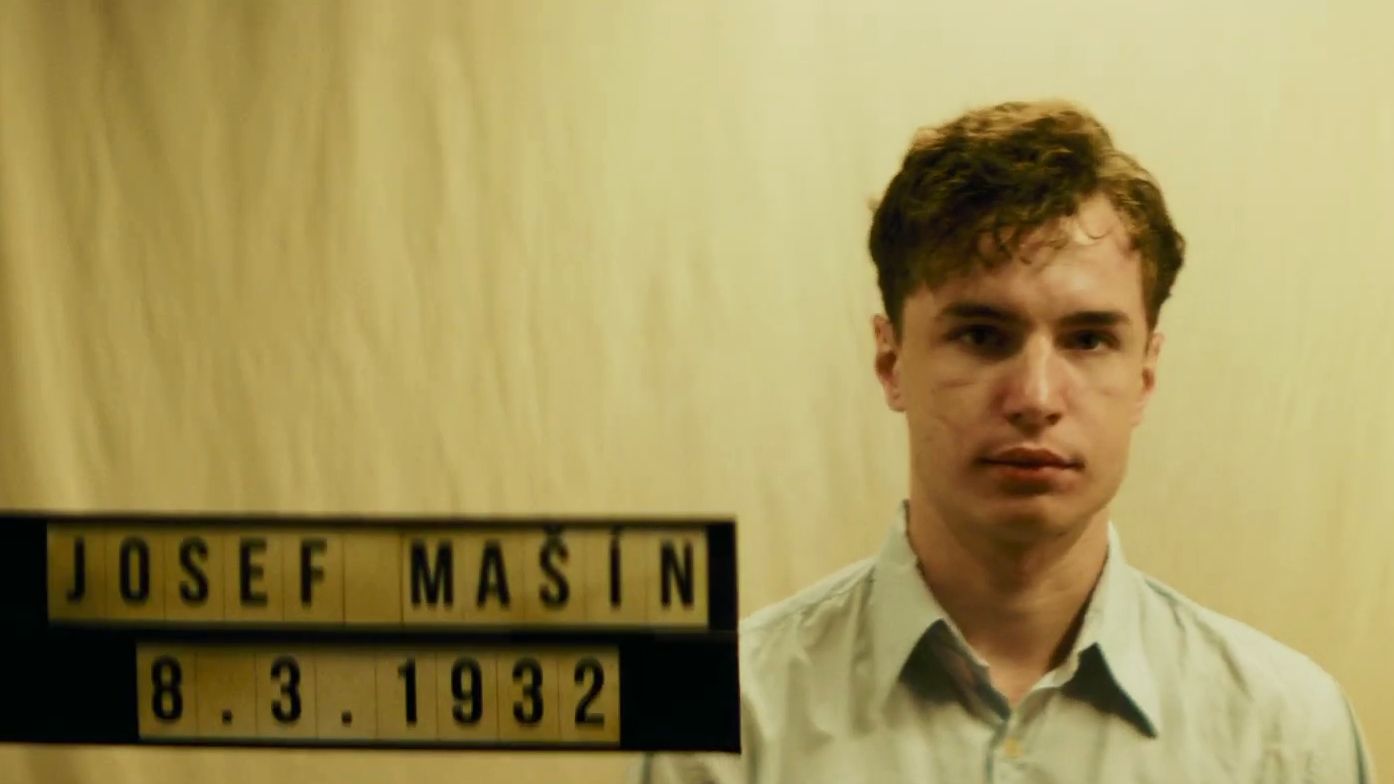Ukraine Launches Counteroffensive in Russian-Occupied Territory
President Zelensky takes action as Ukraine seeks to reclaim control
Ukraine, led by President Volodymyr Zelensky, has initiated a long-awaited counteroffensive to retake the Russian-occupied territory. After months of withstanding airstrikes from Russian forces, Ukraine is now on the offense, actively searching for vulnerabilities along the 600-mile front line and even launching strikes on Russian soil.
The progress of this counteroffensive, however, remains unclear due to the complexities inherent in warfare. The offensive phase is proven to be more challenging than defense, which explains why Russian troops failed to reach Kyiv, Ukraine’s capital, last year. Their advancement was hindered as Ukrainian troops armed with shoulder-fired missiles effectively countered their convoys. Additionally, Ukraine’s mobile air defenses crippled the Russian air force, while their lack of coordination prevented them from achieving President Putin’s plan of capturing the entire country. Nevertheless, Russia managed to seize territory in eastern and southern Ukraine and fortified its positions during occupation.
In response, Ukraine is now engaging in a counterattack against the Russian occupiers who have extensively fortified their positions. According to military analysts, Russian fortifications in Ukraine are the most comprehensive defensive works seen in Europe since World War II. Trenches, minefields, and other barriers have been strategically constructed to impede Ukrainian offensive operations. As a result, Ukrainian troops face the challenge of finding weak points in the Russian defensive lines before attempting any breakthroughs. It is crucial that they avoid risking a deep venture into enemy territory without adequate reinforcements.
The Cost of Counteroffensive: Casualties Mount
The counteroffensive has not come without its costs. U.S. officials have confirmed that Ukrainian troops have sustained casualties and equipment losses in the initial battles. While little information is available about Russian losses, it is widely acknowledged that attackers typically suffer more significant initial casualties when up against entrenched defenders.
Recent verified footage by pro-war Russian bloggers exposed the surrender or destruction of at least three German-made Leopard 2 tanks and eight American-made Bradley fighting vehicles belonging to Ukrainian forces.
Assessing Progress: The Main Attack Awaits
While rumors circulate as to the success of Ukraine’s counteroffensive, two U.S. officials have clarified that the main attack has likely yet to commence. The bulk of the nine Ukrainian brigades trained by American and allied countries over the past year and a half have not joined the fight. Frederick B. Hodges, a former top U.S. Army commander in Europe, believes that the true scale of the counteroffensive will reveal itself when large armored formations, consisting of hundreds of tanks and infantry fighting vehicles, engage in combat.
Hodges further comments that Ukrainian tank battalions typically possess 31 tanks, while armored brigades comprise approximately 250 armored vehicles of different types. These sizable formations would be easily identified through satellite imagery. Until then, the Ukrainian General Staff aims to keep the Russians guessing about the location and timing of the primary attack, emulating the Allies’ successful deception tactics during D-Day.
The Element of Surprise: Limited Options for Ukraine
Though Ukraine may desire an element of surprise in its counteroffensive, achieving this would prove challenging in modern warfare with widespread access to satellite imagery. Unlike the secrecy surrounding the Allies’ movement of 150,000 troops to Normandy during World War II, such actions would be detected by satellites today.
Instead, experts suggest that Ukraine’s current strategy of launching attacks on various fronts serves to test the weak points in Russian positions while forcing them to defend multiple areas. Ukrainian forces have the potential to exploit poorly defended sections and push through substandard fortifications manned by inadequately prepared Russian troops.
As Ukraine pushes forward with its counteroffensive, the world watches closely, hopeful for a resolution to the conflict that has ravaged the region for far too long.

